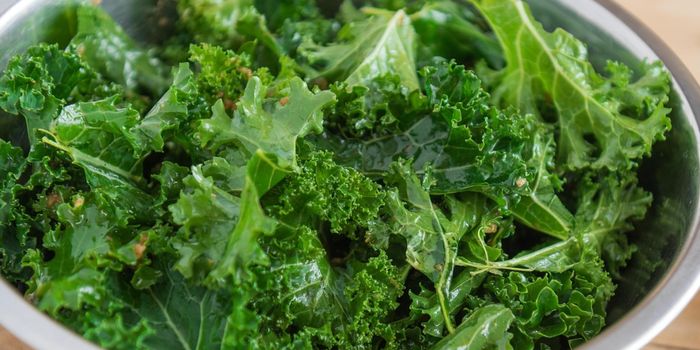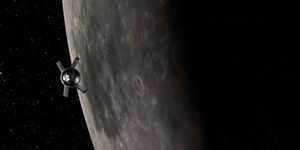Bird Beak Shapes Aren't Influenced by Feeding Behavior, Study Claims
Over the years, scientists have learned about literally thousands of different bird species, and each one sports a distinctive beak shape. But why do bird beaks come in so many different shapes and sizes? – That’s a good question, but the answer perhaps isn’t so obvious.
Image Credit: Pixabay
Scientists have long thought that a bird’s unique foraging behavior contributed to its beak-centric characteristics by way of evolutionary natural selection, but a new study led by researchers from the University of Bristol appears to indicate otherwise. Their findings have been published this week in the journal Evolution.
"This is, to our knowledge, the first approach to test a long-standing principle in biology: that the beak shape and function of birds is tightly linked to their feeding ecologies," said Emily Rayfield, the senior author of the study.
Related: Some hummingbirds are built for fighting instead of feeding
To learn more about the different characteristics associated with bird beaks, the researchers took to computer and mathematical modeling to compare beak shape and size with the known feeding behaviors of various living birds, and that’s when things started to get weird.
Astonishingly, feeding behavior didn’t influence beak characteristics as much as initially thought. The researchers observed several instances of polarizing foraging behaviors in birds with similarly-shaped beaks, and given the evidence, it seems likely that different factors drive beak diversity in the bird sector of the animal kingdom.
"The connection between beak shapes and feeding ecology in birds was much weaker and more complex than we expected and that while there is definitely a relationship there, many species with similarly shaped beaks forage in entirely different ways and on entirely different kinds of food," elucidated study lead author Guillermo Navalón. "This is something that has been shown in other animal groups, but in birds, this relationship was always assumed to be stronger."
Related: Bigger birds dominate food sources, study finds
While the study does indeed seem to dispel the notion that feeding behavior influences beak features in birds, it doesn’t propose an alternative theory. As it would seem, unraveling the mystery behind beak evolution is more challenging than it looks, especially given the fact that birds use their beaks for almost everything they do.
Notably, the findings have implications for both living and extinct bird species alike. Paleontologists often turn to the beak when describing fossilized birds, and now that we know bird beak evolution isn’t as closely linked to feeding behavior at initially thought, this means that paleontologists will need to think twice before attempting to describe an extinct bird species’ foraging habits from its beak alone.
Related: Confirmed: Some birds sleep while flying
While previous studies have analyzed smaller subsets of birds and reached similar conclusions, this is said to be one of the first studies to encompass all or most bird groups. That said, the findings are sure to change how we think about birds and their beaks moving forward.
Source: University of Bristol, Evolution









